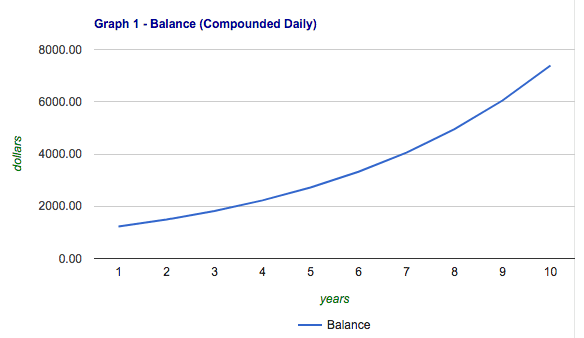A fresh start. Tabula Rasa. Another chance after wiping out old experiences, failures, offenses or debts. To begin again without prejudice.
“Peter’s boss assured him that the matter was finished and he could start again with a clean slate.”
“Yesterday’s negotiations did not go well and we intend to start again today with a clean slate.”
“The company’s debts have been written off so that the new management can start with a clean slate.”
Leadership Advocate and Co-Founder of the Goldzone Group. I help leaders to master the new rules of leadership for the new economy. Over the past 30 years, I have visited more than 500 cities in 54 countries to explore, learn from, and help many of the world’s leading companies, leaders, and luminaries in science, technology, health, finance, and entrepreneurship.

